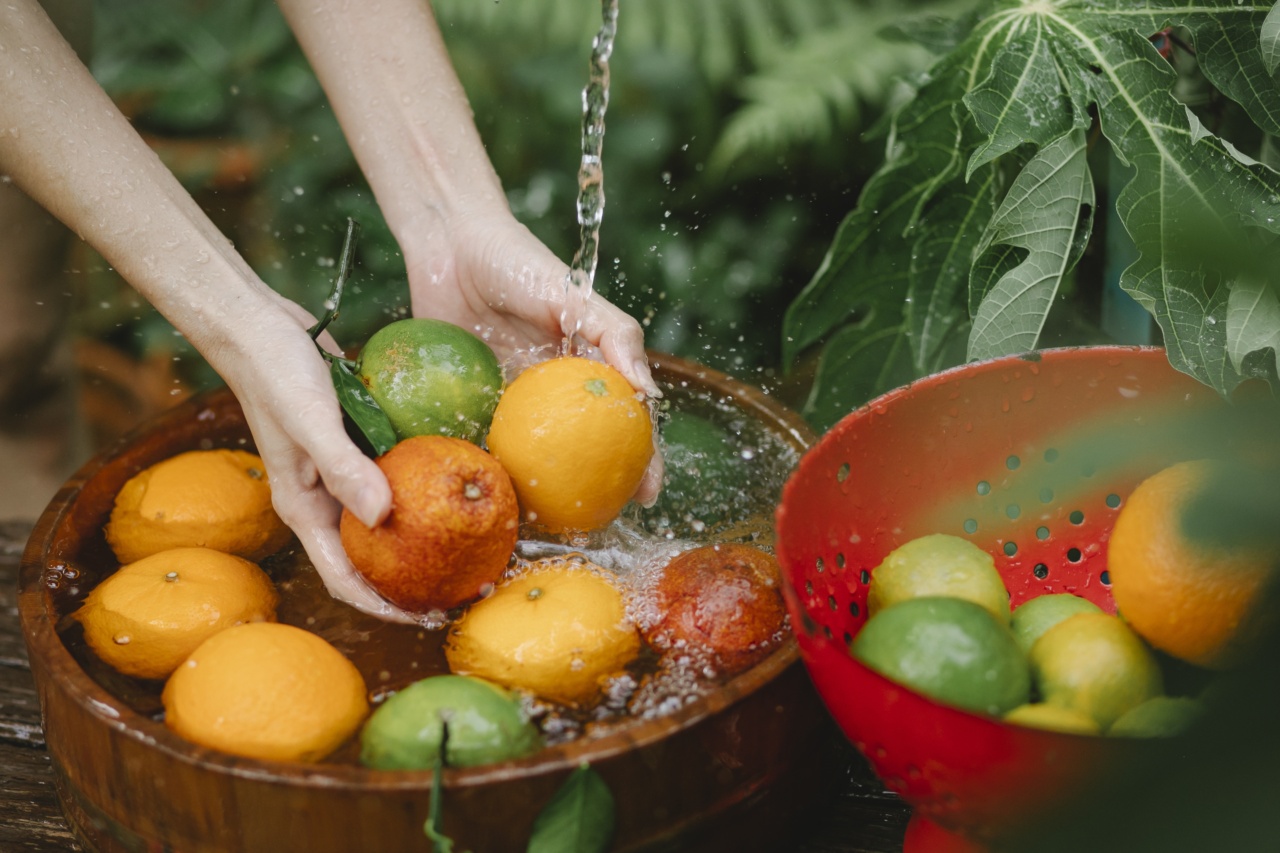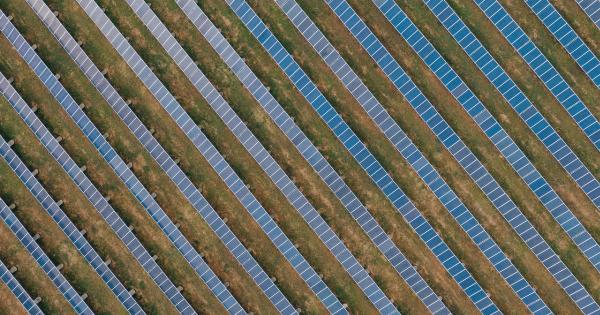Vitamin D is an essential nutrient that plays a crucial role in maintaining good health. It helps in the absorption of calcium and phosphorus, which are necessary for strong bones and teeth.
Vitamin D also supports the immune system and plays a role in cell growth and division. However, many people do not get enough vitamin D, leading to a deficiency that can cause a range of health problems. One solution to this problem is to focus on getting more vitamin D from food.
What is Vitamin D Deficiency?
Vitamin D deficiency occurs when the body does not have enough vitamin D to function properly. The deficiency can lead to several health problems, including weakened immune system, bone loss, and depression.
Severe deficiency can result in conditions like rickets in children and osteomalacia in adults, which cause weak bones and muscles.
The body produces vitamin D when the skin is exposed to sunlight. However, people who have limited sun exposure, use sunblock, or have dark skin are at risk of deficiency.
Other risk factors for vitamin D deficiency include older age, obesity, and certain medical conditions that affect the absorption of vitamin D in the gut.
Food Sources of Vitamin D
Since getting enough sun exposure can be difficult, people can turn to food to get vitamin D. The following are some of the best food sources of vitamin D:.
Fatty Fish
Fatty fish like salmon, tuna, and mackerel are some of the best sources of vitamin D. A 3-ounce serving of cooked salmon contains about 450 international units (IU) of vitamin D, which is 75% of the daily recommended intake.
Canned tuna is also a good source of vitamin D, as a 3-ounce serving provides about 150 IU of vitamin D.
Egg Yolks
Egg yolks are an excellent source of vitamin D, with one large egg containing about 40 IU of vitamin D.
Mushrooms
Mushrooms are a natural source of vitamin D, with some varieties offering up to 400 IU per 3-ounce serving. However, mushrooms need to be exposed to sunlight or ultraviolet light to boost their vitamin D content.
Fortified Foods
Many foods are fortified with vitamin D, which means that the vitamin has been added to them during processing. Some examples of fortified foods include milk, orange juice, and cereal.
Fortified milk contains about 100 IU of vitamin D per cup, while fortified orange juice contains about 140 IU per cup. In general, it is best to choose fortified foods that are also low in sugar and other unhealthy additives.
Supplements
If it is difficult to get enough vitamin D from food, supplements can be a good option. Vitamin D supplements come in two main forms: D2 and D3.
D3 is the more effective and natural form, and it is made from lanolin, a substance derived from sheep’s wool. D2, on the other hand, is derived from plant sources.
The recommended daily intake of vitamin D varies depending on age, sex, and other factors. In general, adults should aim for between 600 and 800 IU of vitamin D per day.
However, some people may need more, such as those who are pregnant or have certain medical conditions.
The Bottom Line
Vitamin D is an essential nutrient that plays a crucial role in maintaining good health. While sun exposure is the best way to get vitamin D, many people do not get enough due to various factors.
Therefore, focusing on food sources of vitamin D, such as fatty fish, egg yolks, and fortified foods, can be an effective way to combat deficiency. Additionally, taking vitamin D supplements can also be a good option for those who need more of the nutrient.



























